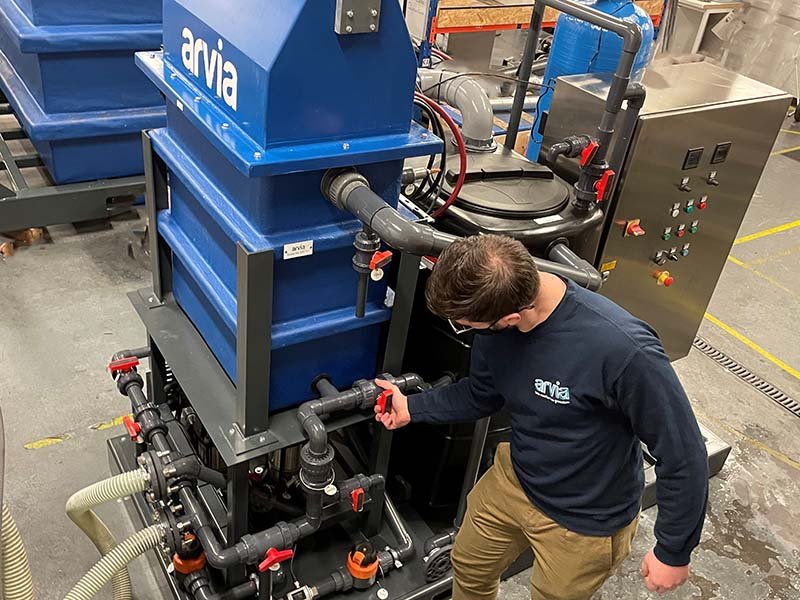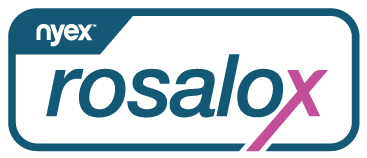Ranitidine Removal From Wastewater
Water is a precious resource that sustains life on our planet.
However, the presence of contaminants in water sources, including pharmaceutical compounds, poses significant risks to both human health and the environment.
One pharmaceutical compound that requires attention is Ranitidine.
This article explains the importance of removing Ranitidine from water. It also discusses the various uses of Ranitidine and the problems it can cause in water. Additionally, it provides information on how to effectively eliminate Ranitidine from water.








